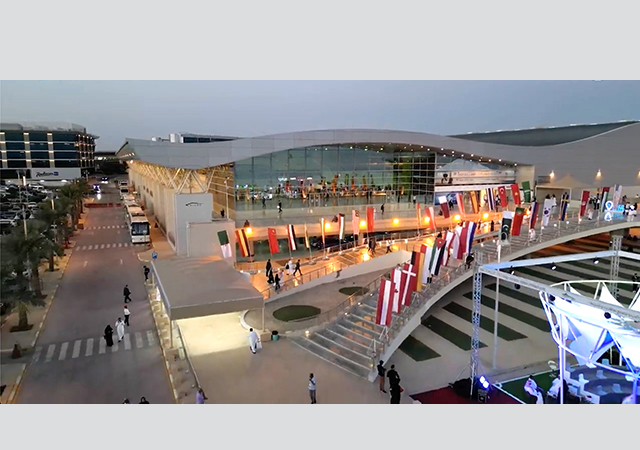 Liebherr cranes at Business Park in Qatar ... key role.
Liebherr cranes at Business Park in Qatar ... key role.
QATARI main contractor Redco Almana Construction has recently topped out the last of the eight towers on its Business Park project in Al Najima, Doha, where six Liebherr tower cranes have been playing a key role in lifting and placing reinforcement, formwork systems and steel beams.
Utilisation of the cranes in helping to complete a floor cycle of five days per slab of up to 800 sq m and using two sets of shuttering, has allowed Redco to top out all eight towers 60 days ahead of schedule.
The Business Park project features eight low-rise towers up to a maximum nine floors and includes a Crowne Plaza hotel and a unique elliptically-shaped ‘centrepiece’ conference hall.
The remaining six towers, ranging in height from six to eight floors, will provide prestige offices and ground-floor showrooms.
The Crowne Plaza and Business Park is centrally located within the city’s newest business district, 2 km from Doha’s International Airport.
 |
The project covers a compact site with a footprint of 23,000 sq m and is bordered by highways on all four perimeters, including Al Arab Street, Bundugilya Street and Nigma Road.
On completion this year, the project will provide a finished ‘built-up’ area of 95,000 sq m and include access roads and landscaping totalling a further 12,000 sq m.
Excavation of the site was undertaken by Redco Almana Construction last year, excavating to a level of -15 m in the hard and abrasive limestone and coral ground conditions.
In total more than 180,000 sq m of rock were excavated using breaker attachments to a range of 25-tonne and 30-tonne excavators and more than 50 tipper trucks.
Six Liebherr tower cranes from the rental fleet of United Equipment Group have been strategically located at the project to maximise lifting capacity and utilisation.
Two ‘top-of-the-range’ 280 EC-H 12s have been positioned to allow double handling of steel beams weighing up to 10 tonnes for the construction of the conference hall.
According to construction manager Mamoun Al Fara, the loading of the project’s access road was not sufficient to accept the steel beams.
“They are, therefore, off-loaded, one by one, from the main road by one of the Liebherr 280s and lowered close to the site perimeter. “The second 280, featuring a 50-m jib, is then able to lift and position the beam in place,” he explains.
For the remaining towers that are using reinforced, poured in-situ concrete techniques, the Liebherr cranes are used for lifting and positioning reinforcement and formwork shuttering.
For lighter loads, Redco opted for the smaller Liebherr models comprising two 130 EC-Bs and two 154 EC-Hs featuring 60-m and 55-m jibs, respectively.
“I have always used Liebherr cranes and found them to be the most reliable and the strongest tower cranes,” says Al Fara.
He continues: “The Liebherr cranes were frequently working 24/7 and, in the rare event of a minor breakdown, the crane was back in action within a few hours.”
Featuring a modular concept, the Liebherr system is simple and quick to install, taking into account the relevant safety aspects.
Contractors benefit from numerous simplifications such as the quick connection system for the jib and centre jib, the latest LiConnect jib connection system, a removable pin-down crane cab and electric plug connections to the drive units and switchgear. The client for the project is Trans Orient Hotels and the consultant is Arab Engineering Bureau.


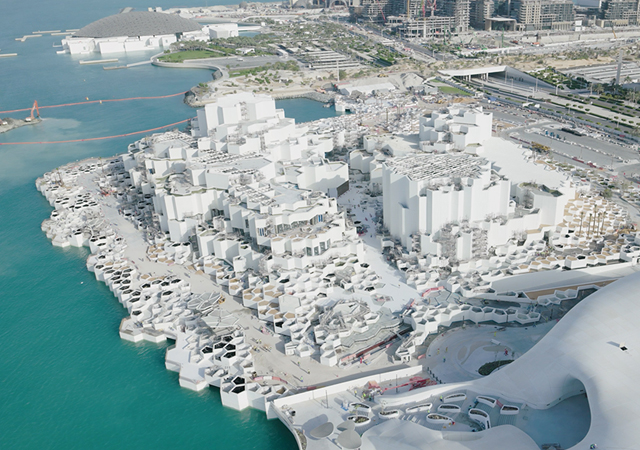
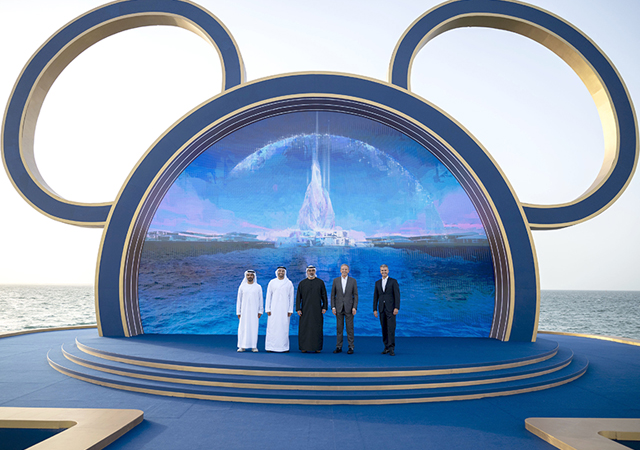
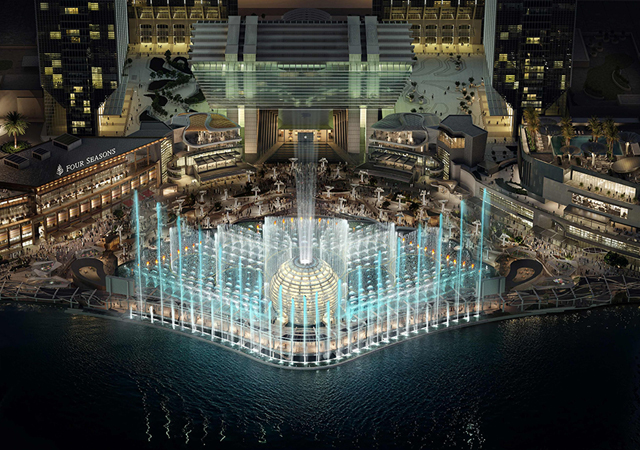
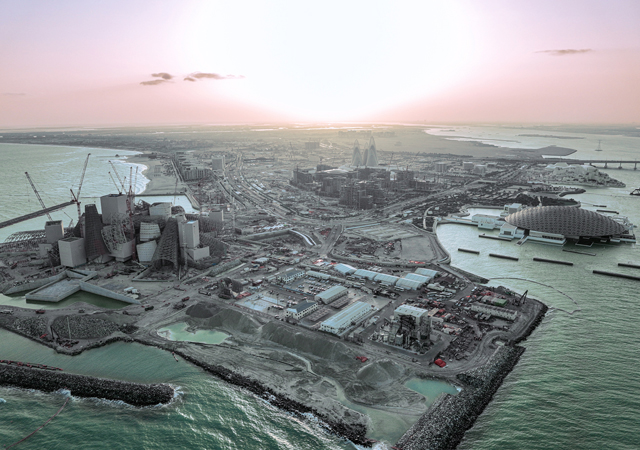
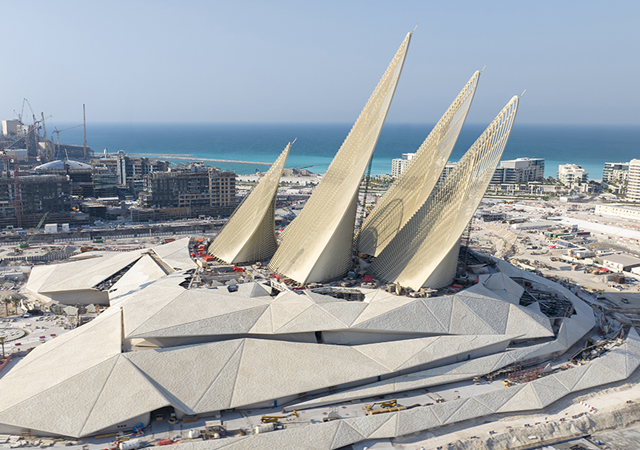
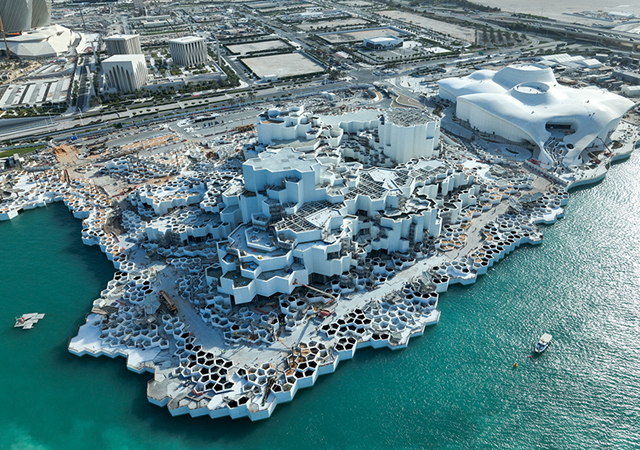
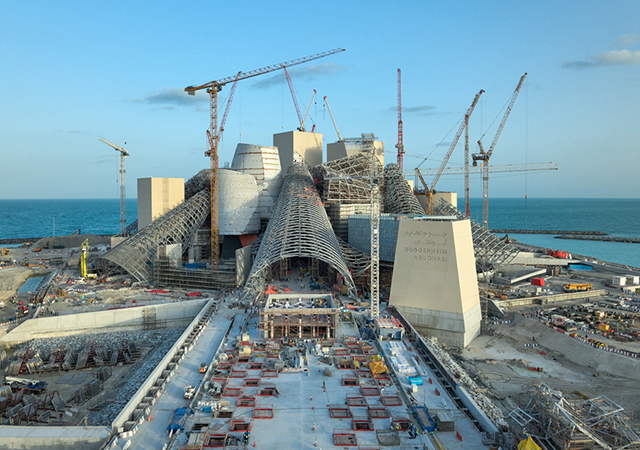
.jpg)
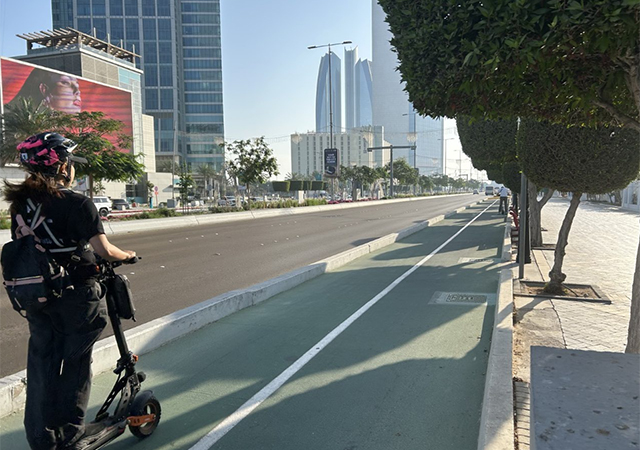
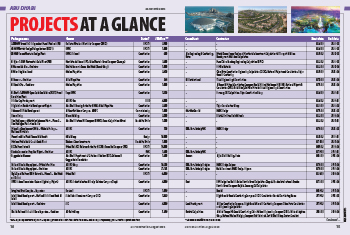
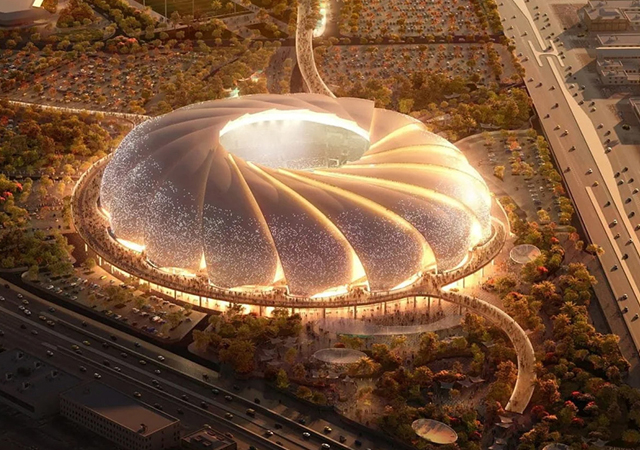
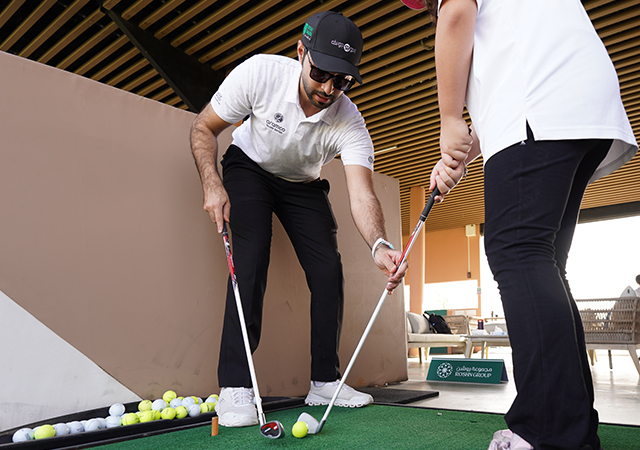
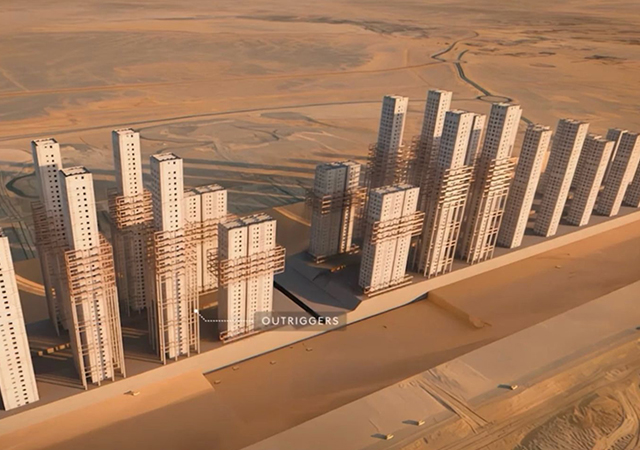
.jpg)
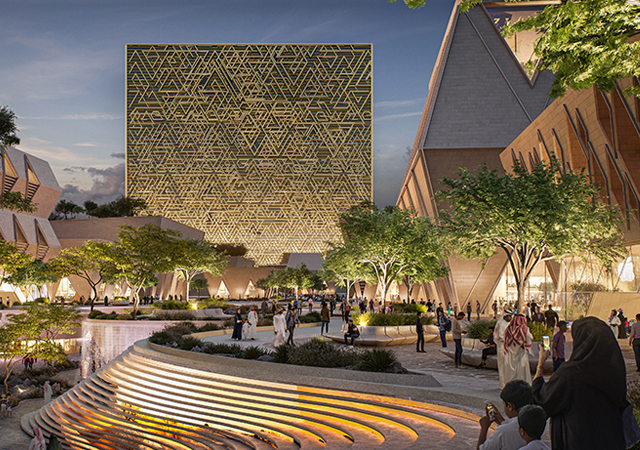
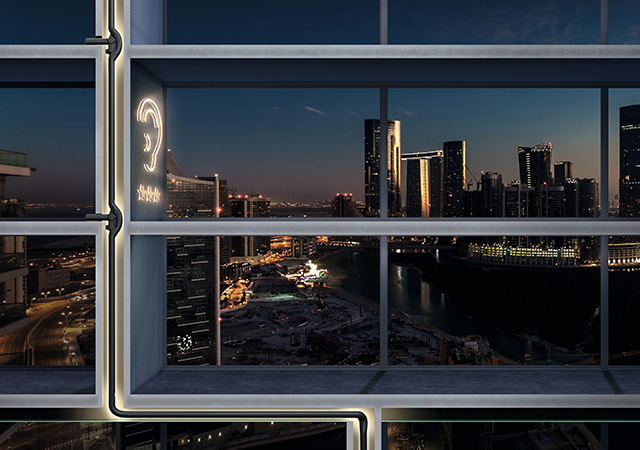
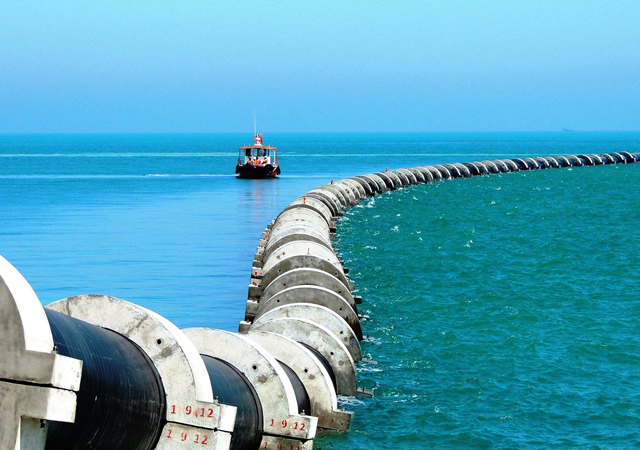
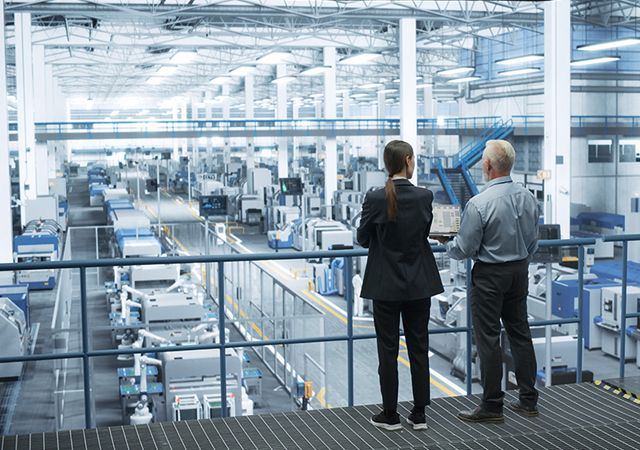

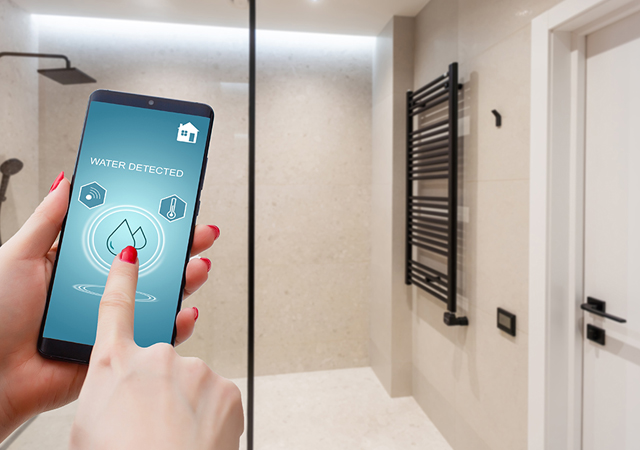
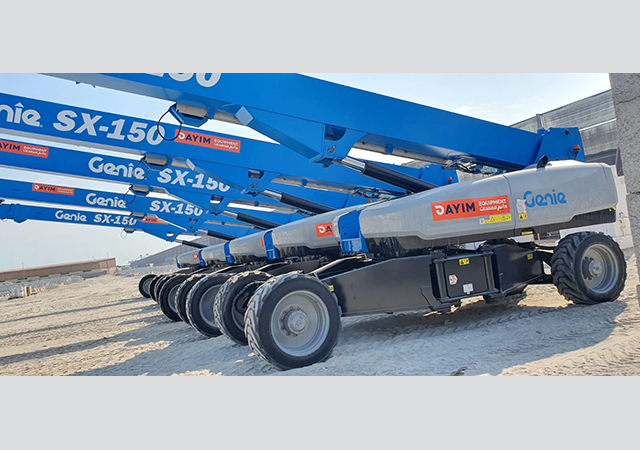
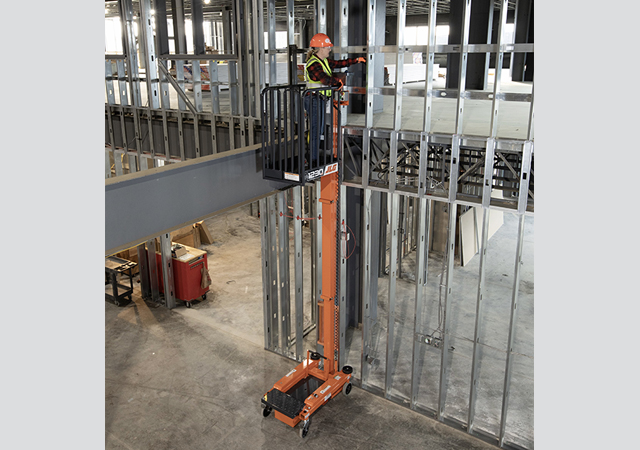
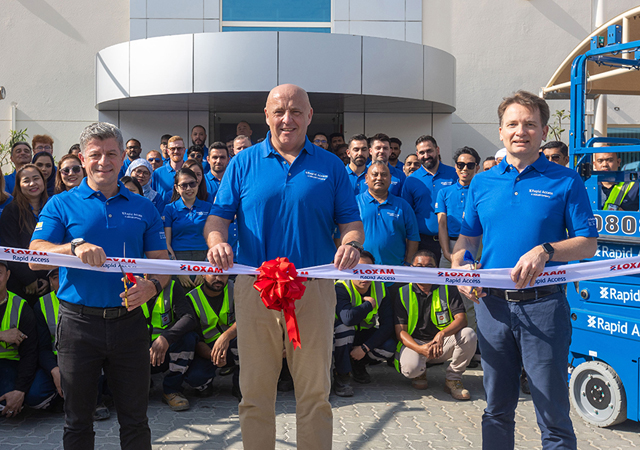
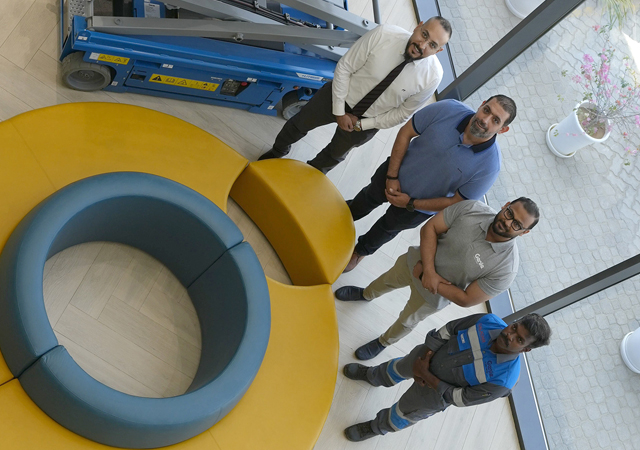
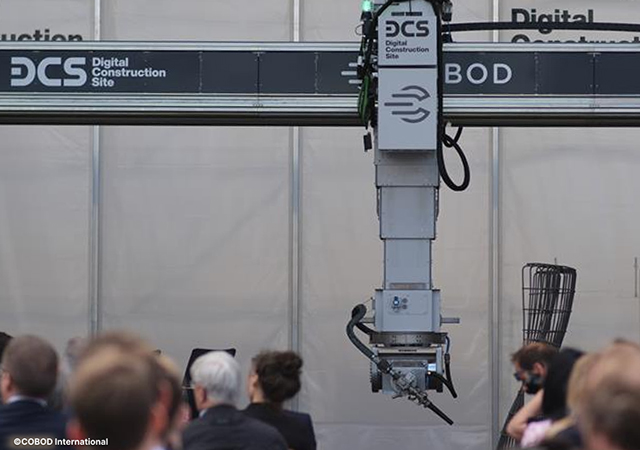
Doka (2).jpg)
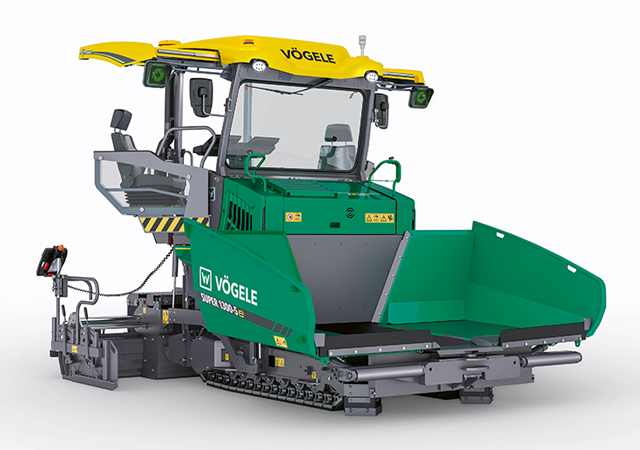
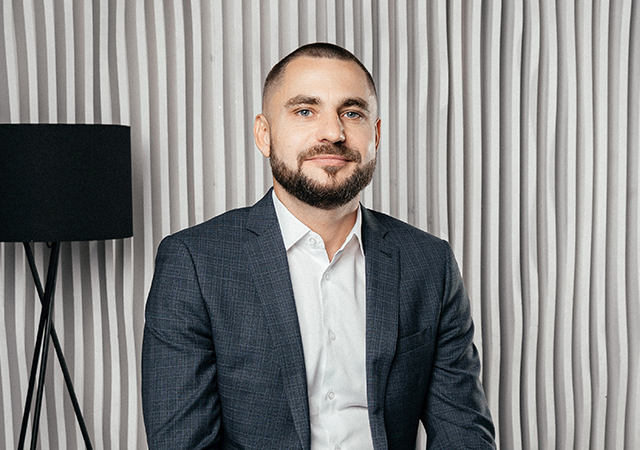

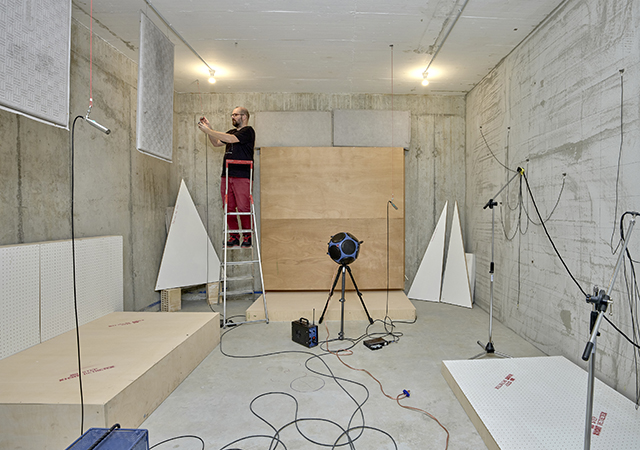
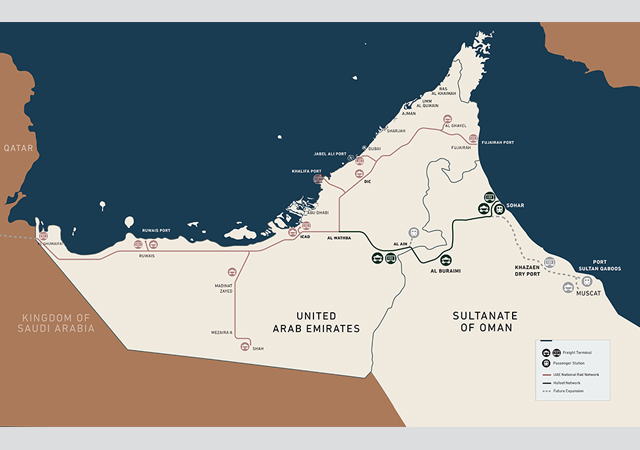
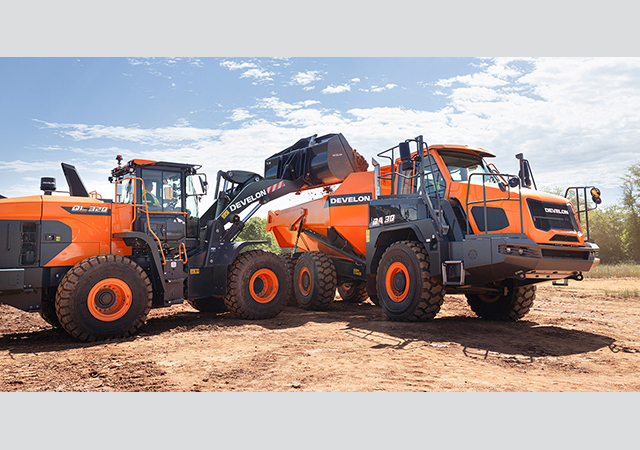
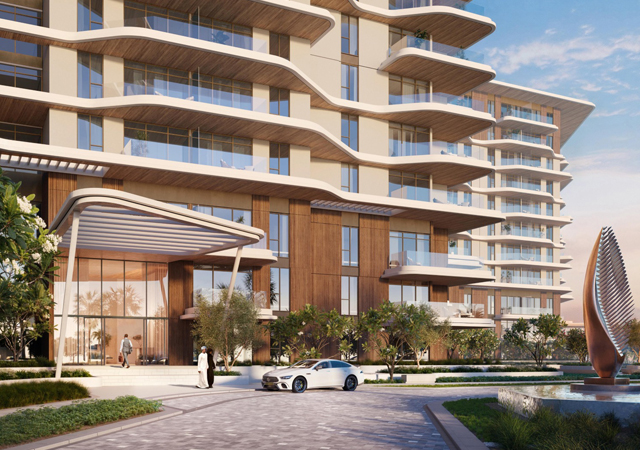


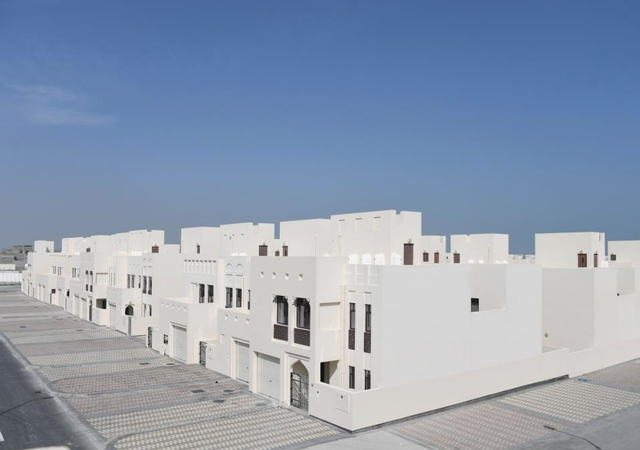
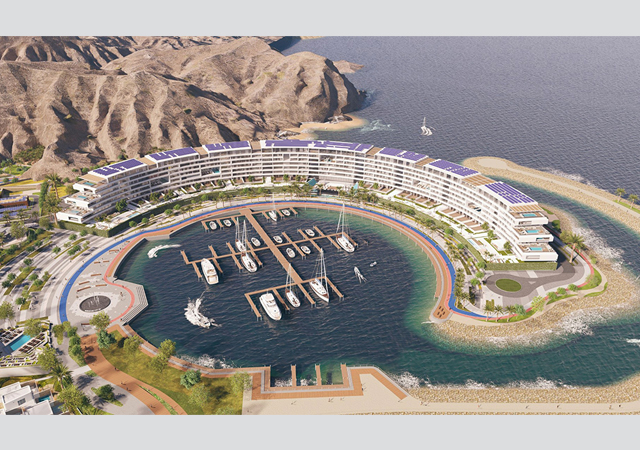
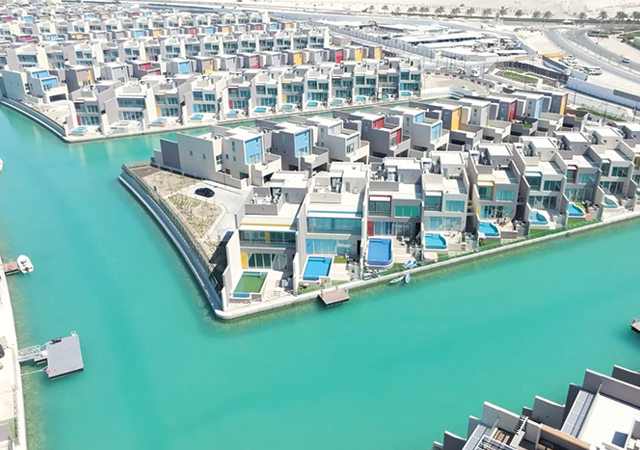
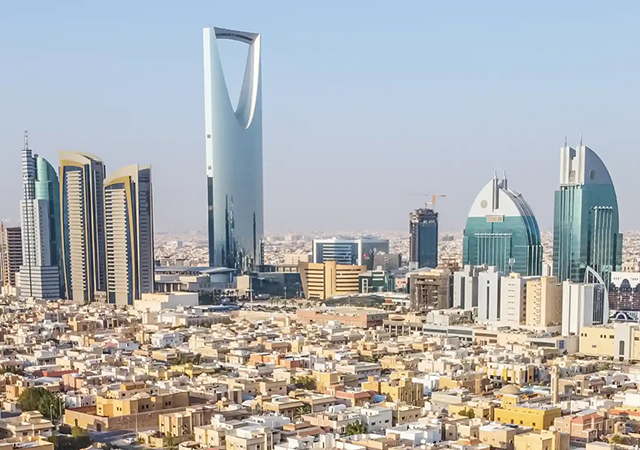

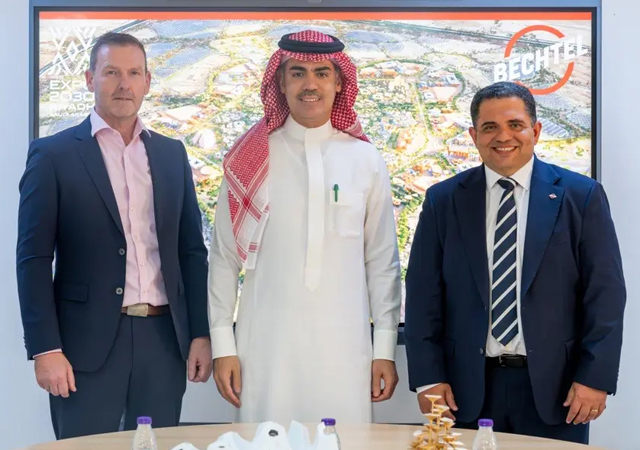
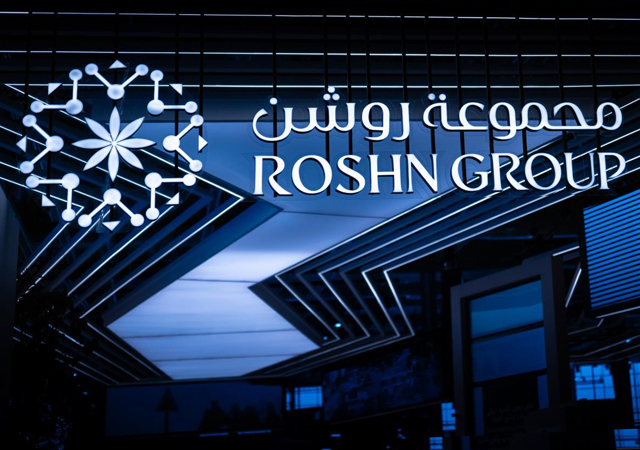
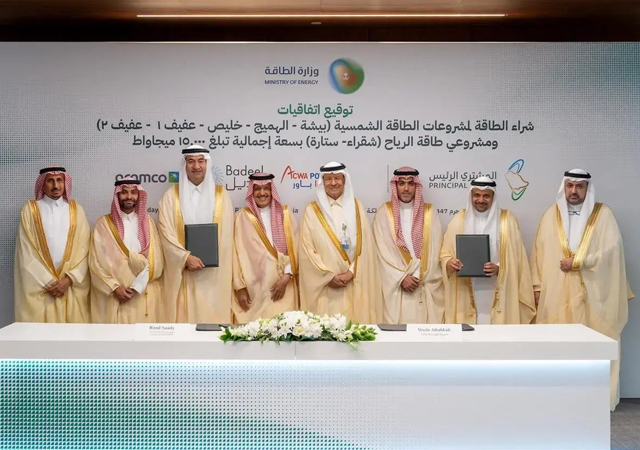
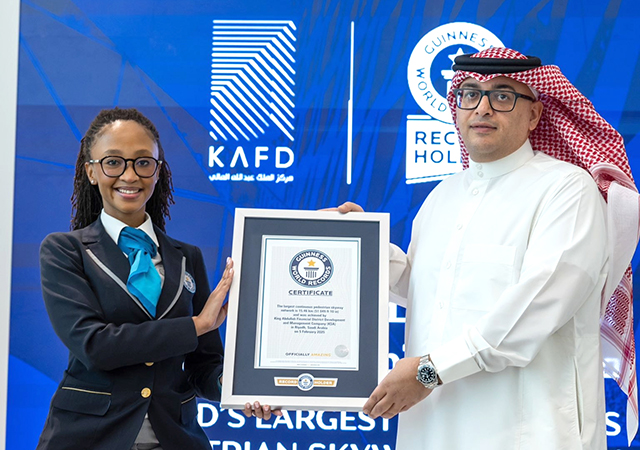
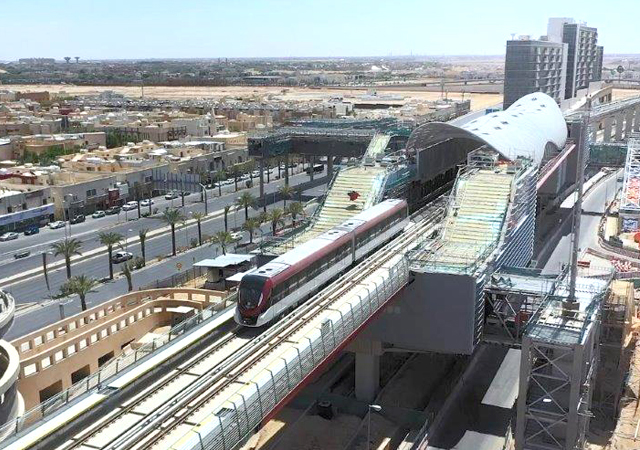
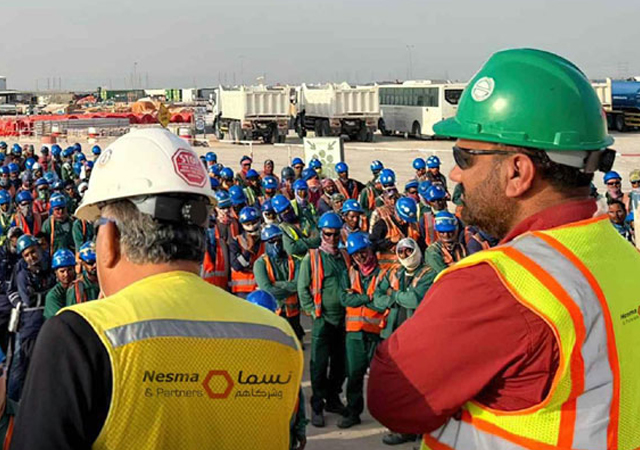
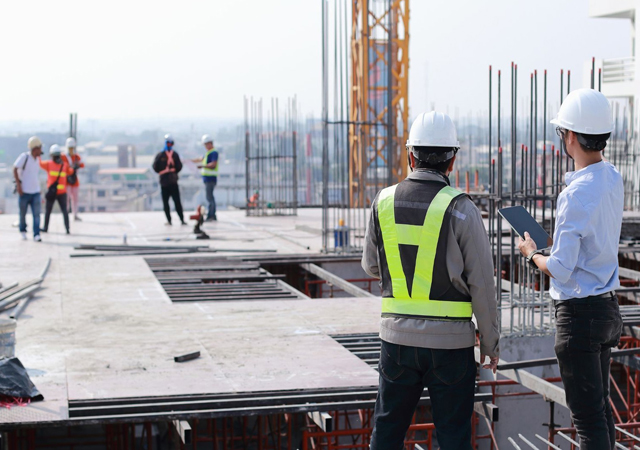
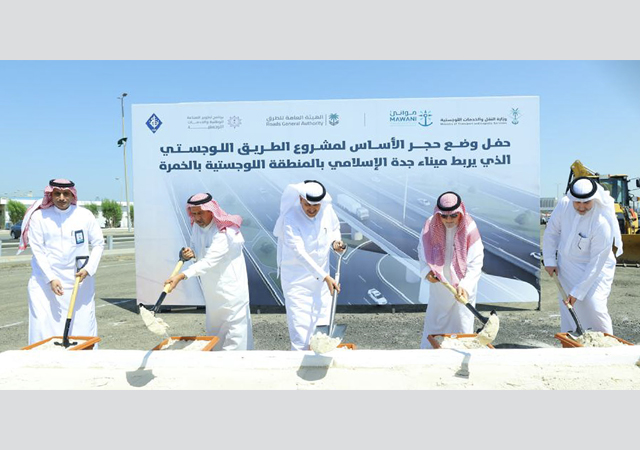
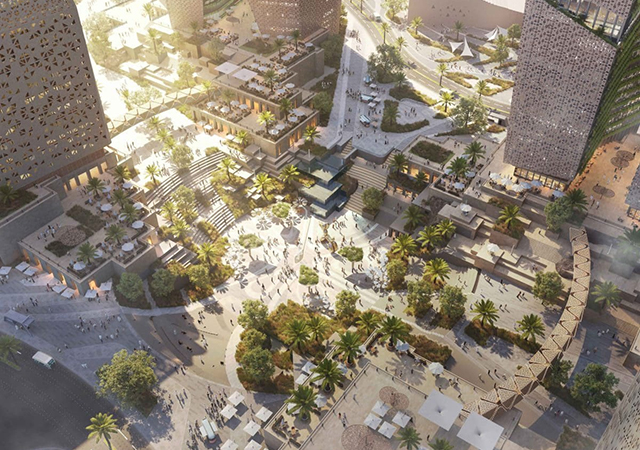

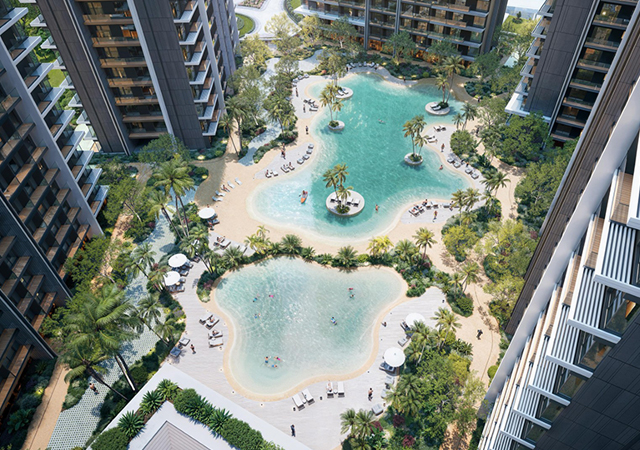
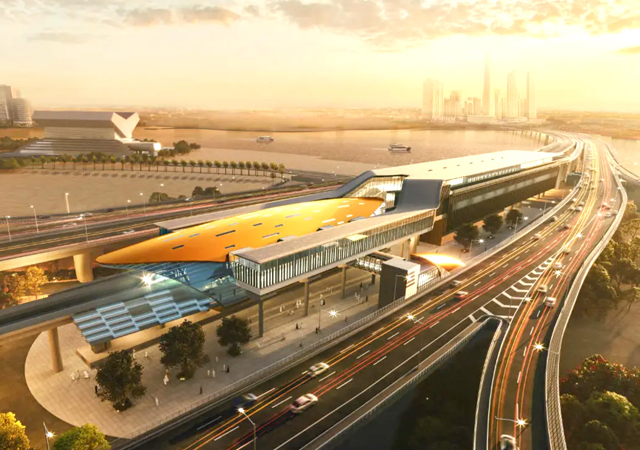
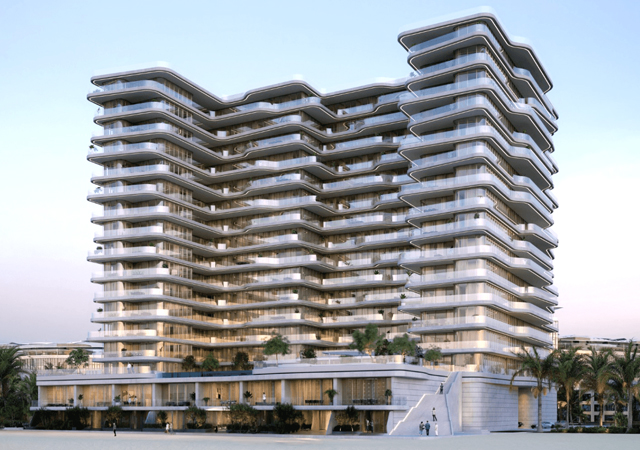
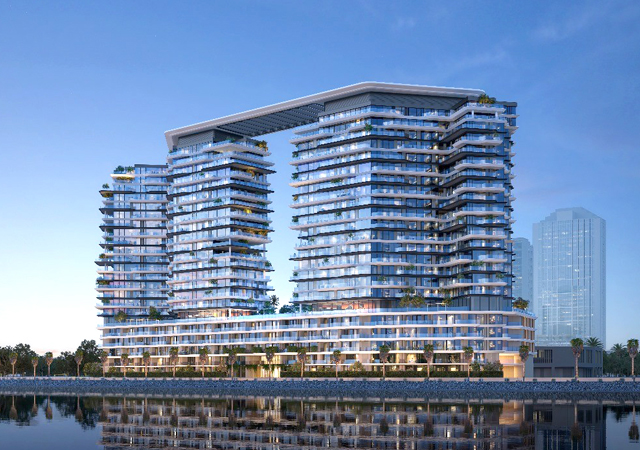
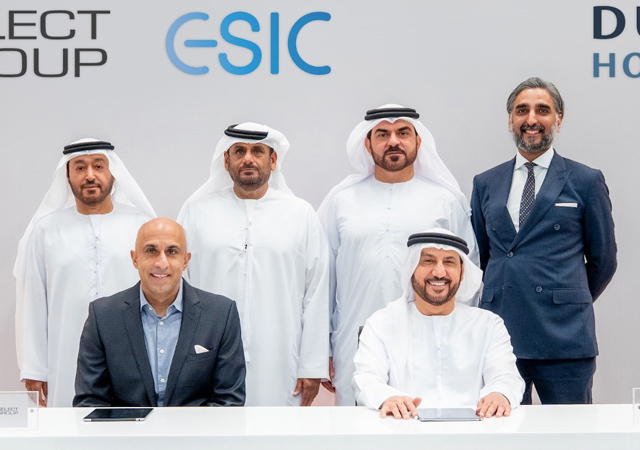
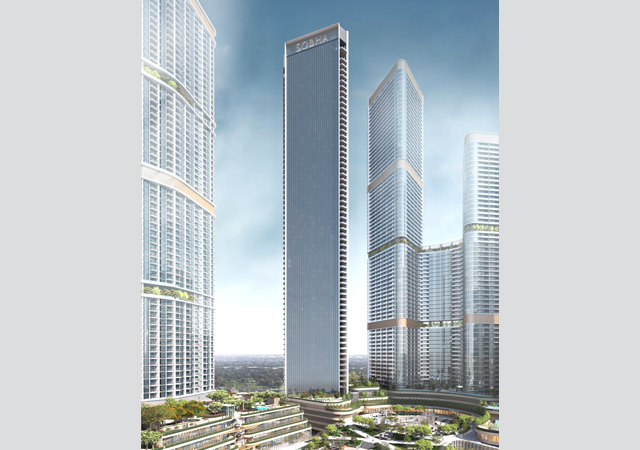
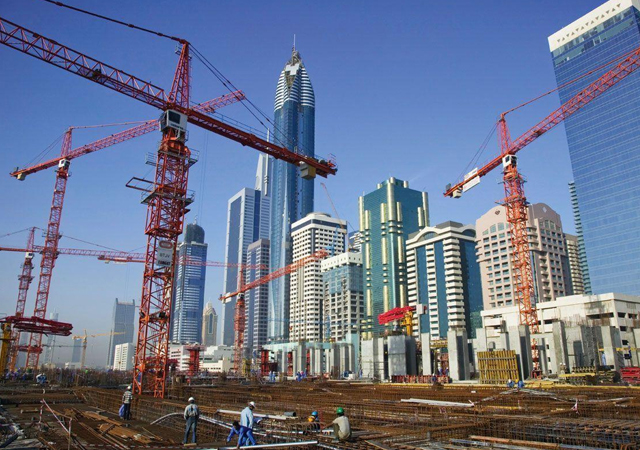
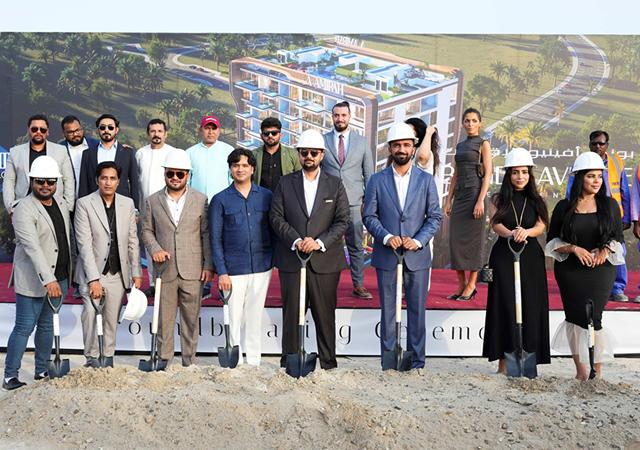

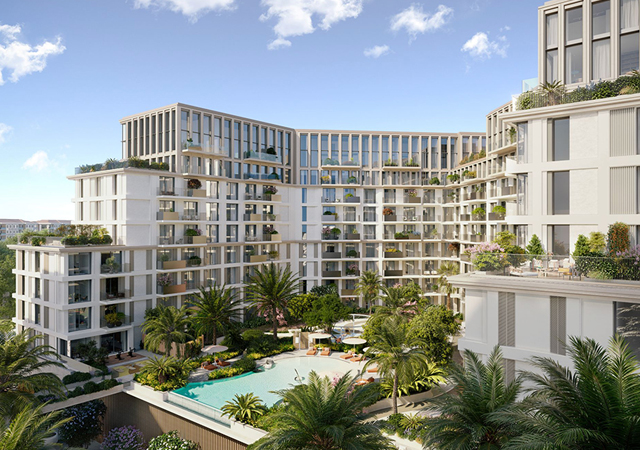
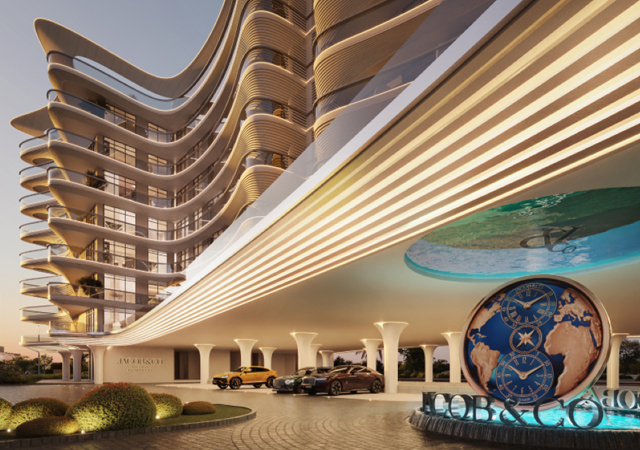
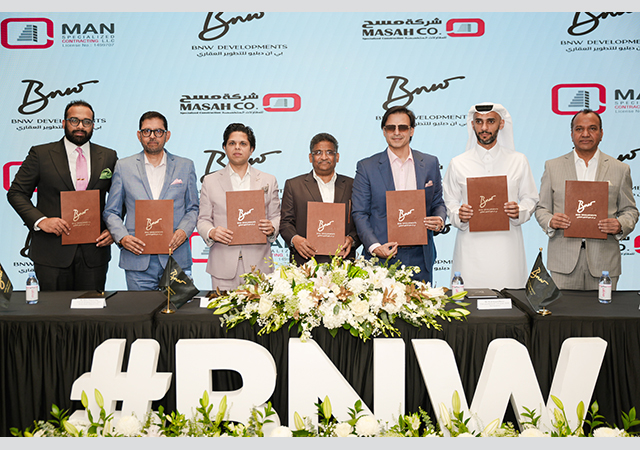
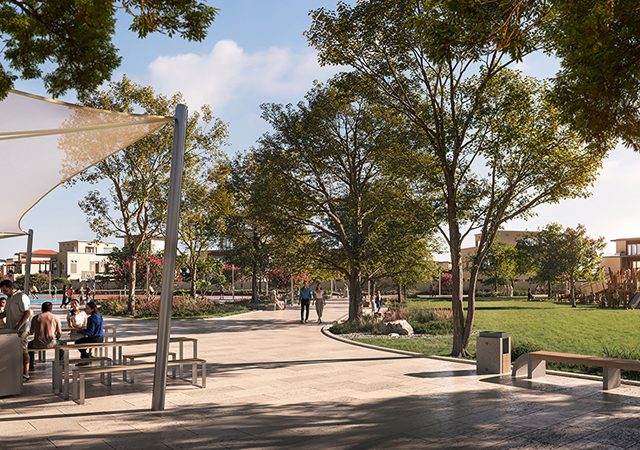
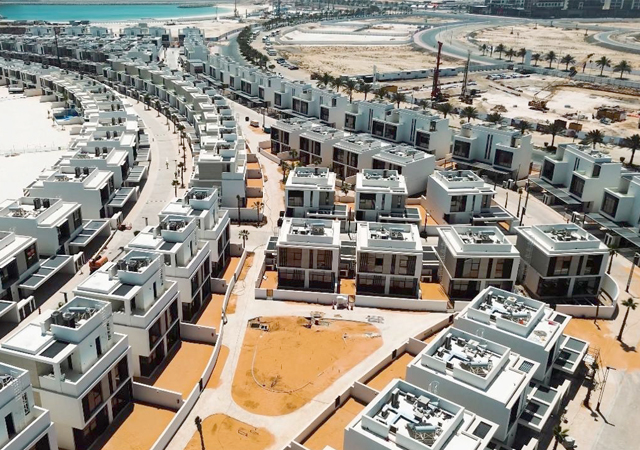
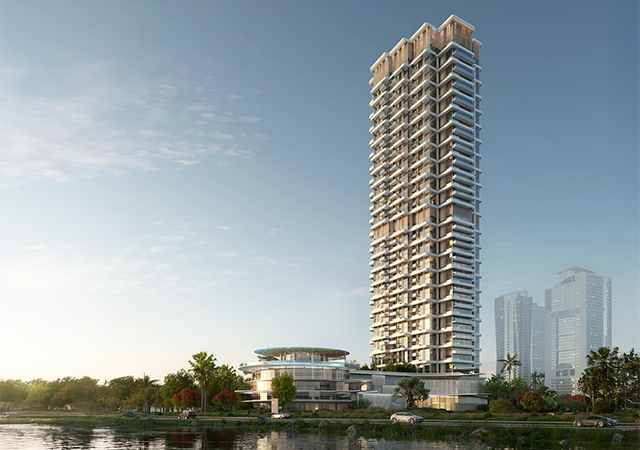
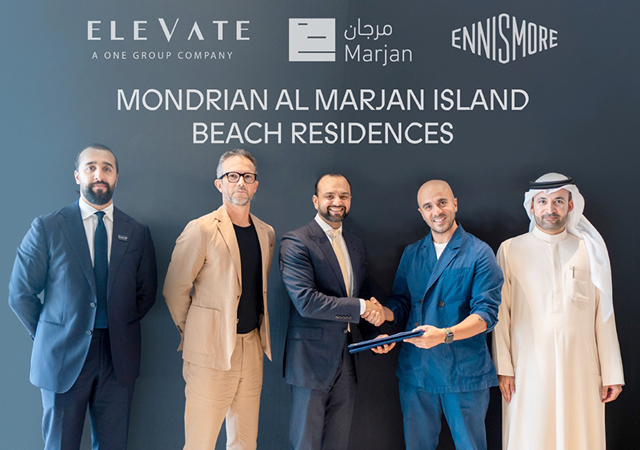
.jpg)
.jpg)
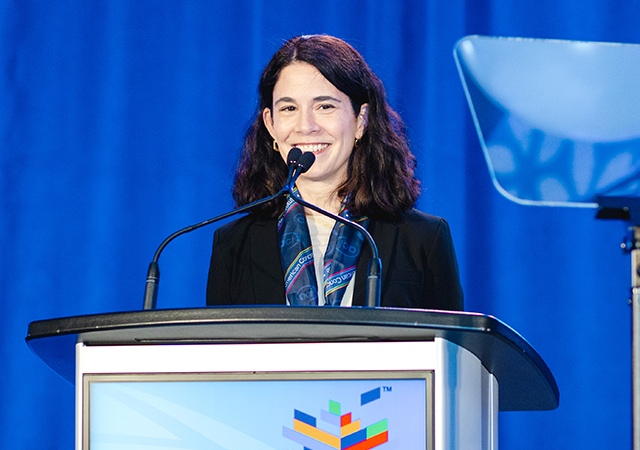
.jpg)
